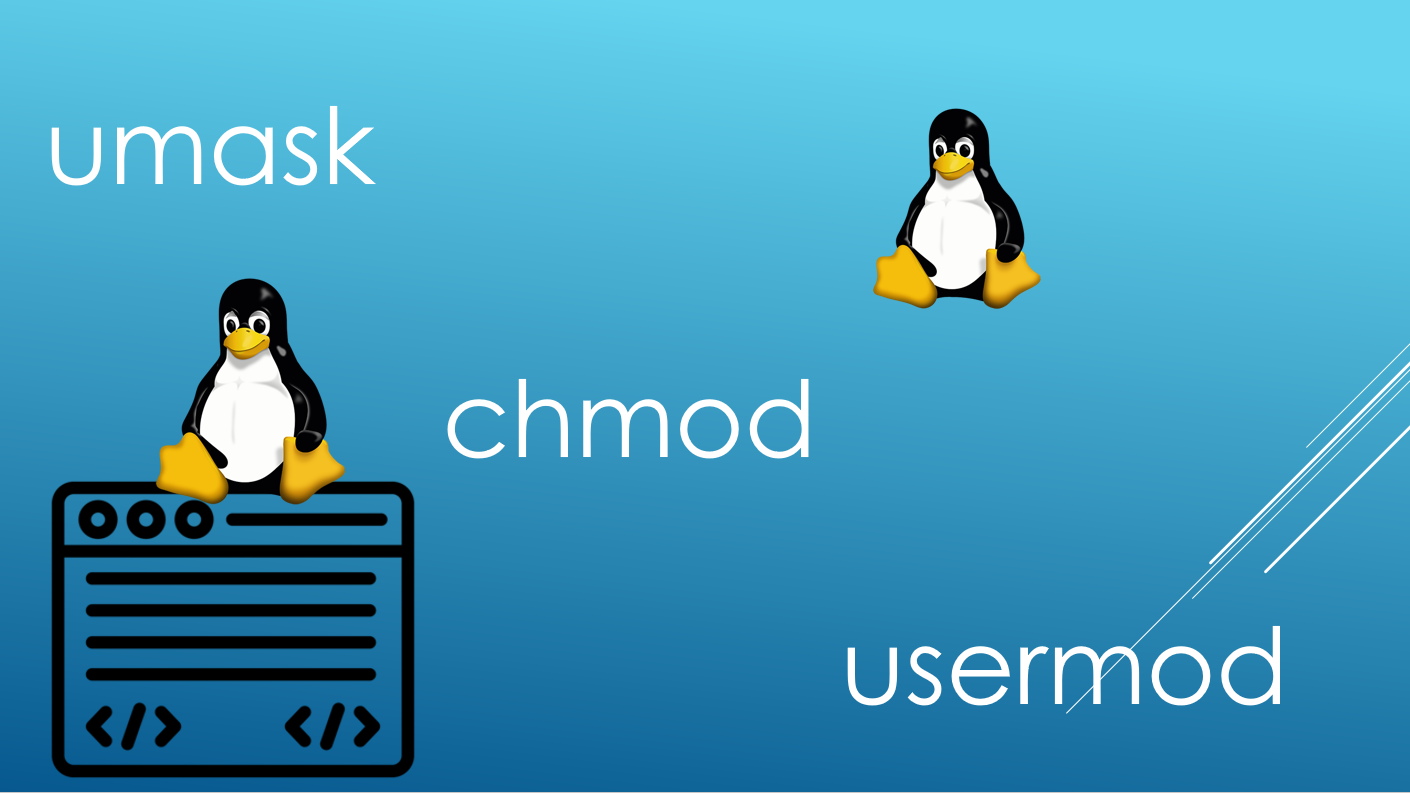Optimizing Linux Permissions: Harnessing the Power of umask, chmod, and usermod
 Pooja Manellore
Pooja Manellore
Today, we'll dive into the powerful Linux commands umask, chmod, and usermod, focusing on how to efficiently manage file and directory permissions. As an admin, setting the correct permissions is crucial for maintaining security and functionality across your system.
Understanding umask: Predefine File Permissions
While chmod allows you to change file permissions after creation, umask lets you set default permissions before files or directories are created. This ensures that every new file or folder adheres to the admin-defined settings.
Root umask:
0022User umask:
0002Default File Permission:
666Default Directory Permission:
777
For example:
666 - 022 = 644 (-rw-r--r--)for files777 - 022 = 755 (drwxr-xr-x)for directories
You can check your current umask value with the command:
umask
umask -s a=rwx # All users get read, write, execute permissions umask u+rwx,g+rwx,o+rw # User, group, and others get specified permissions
umask u+rwx,g+rwx,o+rw # User, group, and others get specified permissions
u means user , g means group, o means others
Once set, any new file or directory will inherit these default permissions.
Granting Special Permissions with chmod
chmod is your go-to command for setting special permissions:
SUID (4) - Set user ID on execution
GUID (2) - Set group ID on execution
Sticky Bit (1) - Restricts deletion to the file owner
let's see how
chmod u+s filename
you can also remove the special permission
let's see how
chmod u-s filename
you can also set permission for group but others part you can only give the sticky bit permission is nothing but the owner of the file can only remove the file
chmod o+t filename
let see how to use chmod with numerical value
chmod 2775 file name
in that 2775 place you can give any number and change the file permission and 2 is the group special permission.
Managing User Accounts with usermod
To lock the user account you can use
usermod -L username
usermod -L bhaskar
To unlock the user account you can use
usermod -U username
In order to change the shell of an existing user to no login you can use
usermod -s /sbin/nologin username
To change the shell as /bin/bash for existing user you can use
usermod -s /bin/bash
And that’s a wrap for today! By mastering these commands, you can take full control of permissions and user management on your Linux system.
If you spot any errors or have suggestions for improvement, feel free to comment—I'm always eager to learn and grow in my tech skills. Thank you, and see you next time with more Linux commands!
Subscribe to my newsletter
Read articles from Pooja Manellore directly inside your inbox. Subscribe to the newsletter, and don't miss out.
Written by

Pooja Manellore
Pooja Manellore
I have completed my B.Sc. in Computer Science in 2024 and have gained skills in Data Analytics, HTML, and CSS. I am currently advancing my expertise by learning DevOps, aiming to secure a role as a DevOps Engineer. I am eager to join a company immediately where I can apply my skills and continue growing in this field